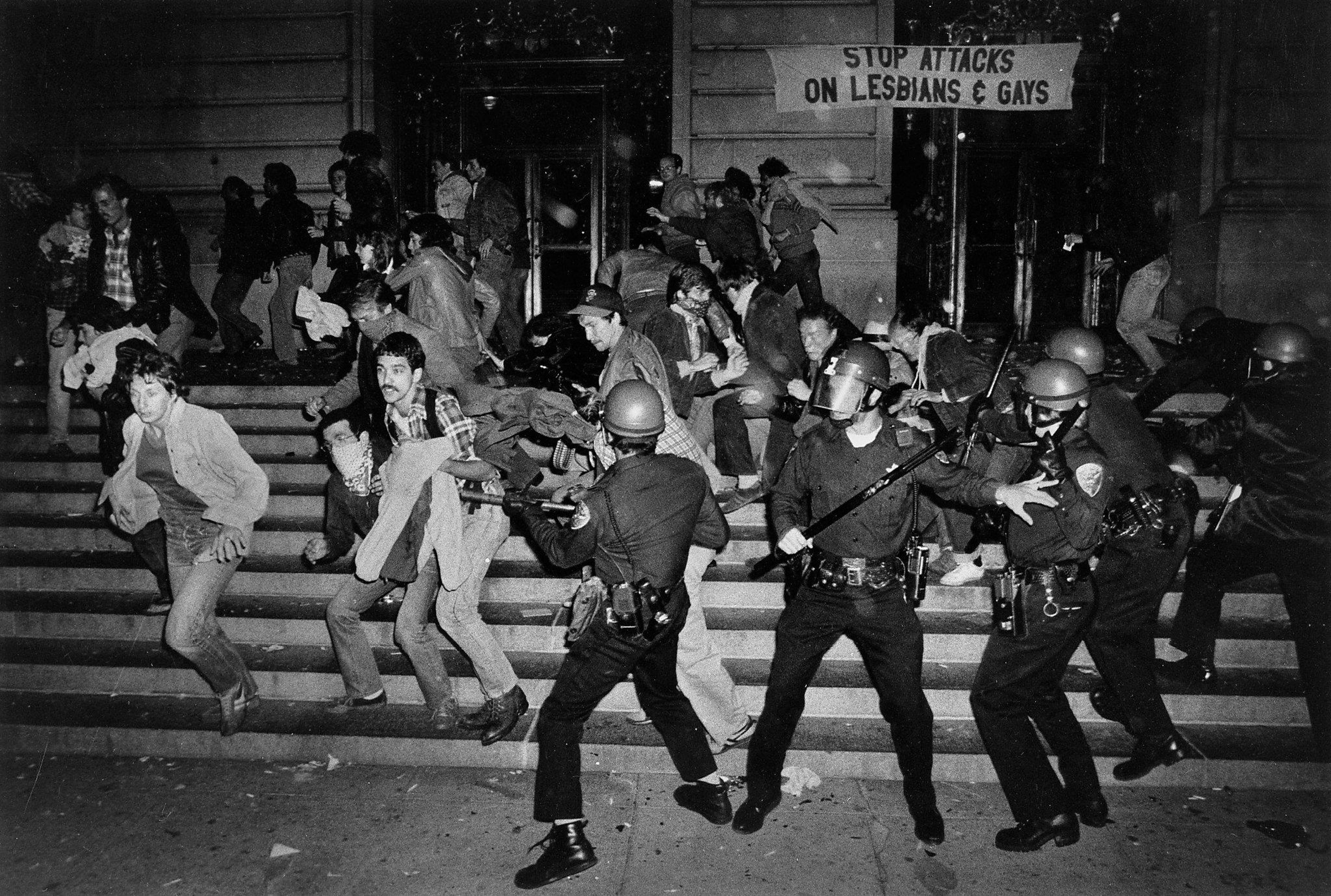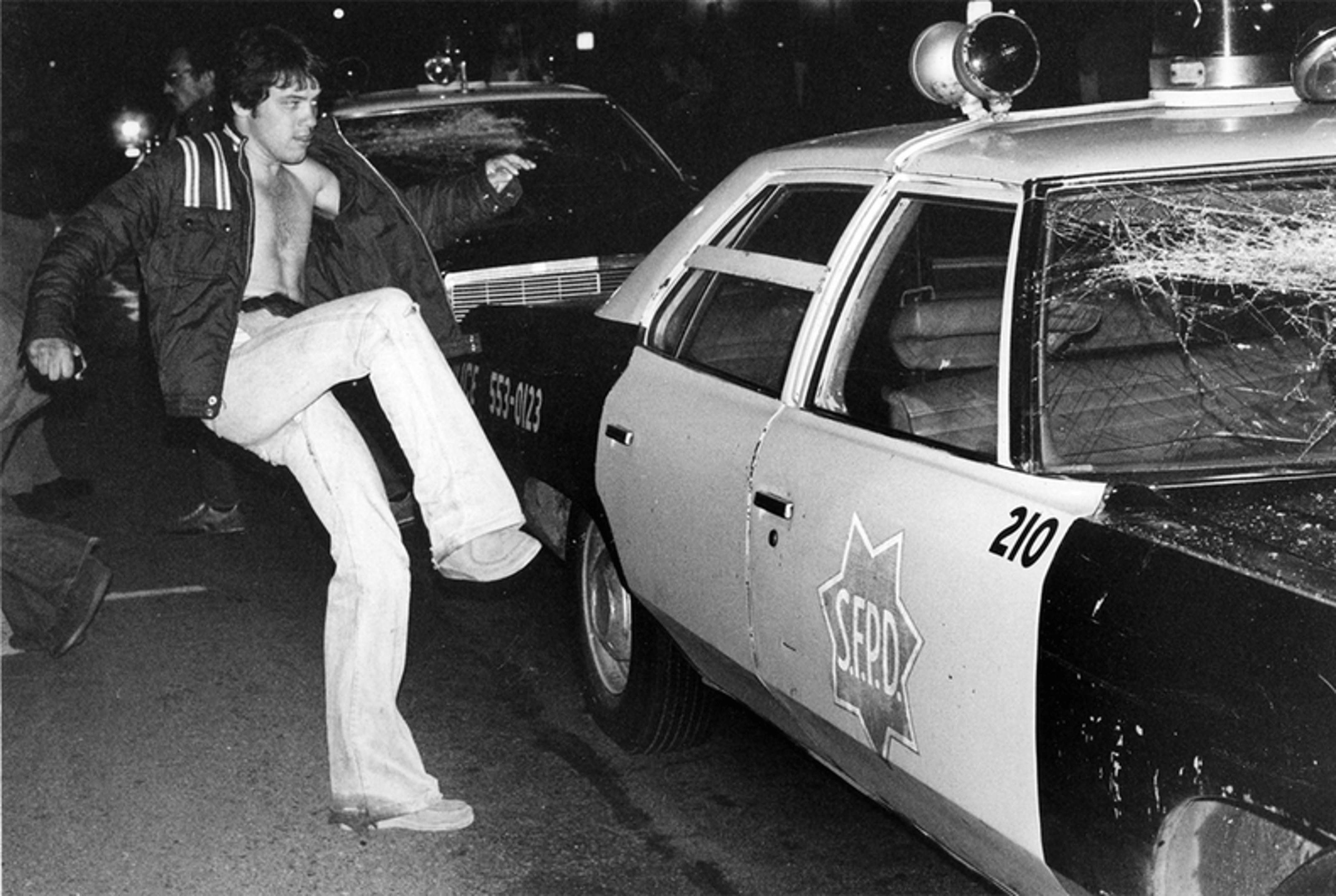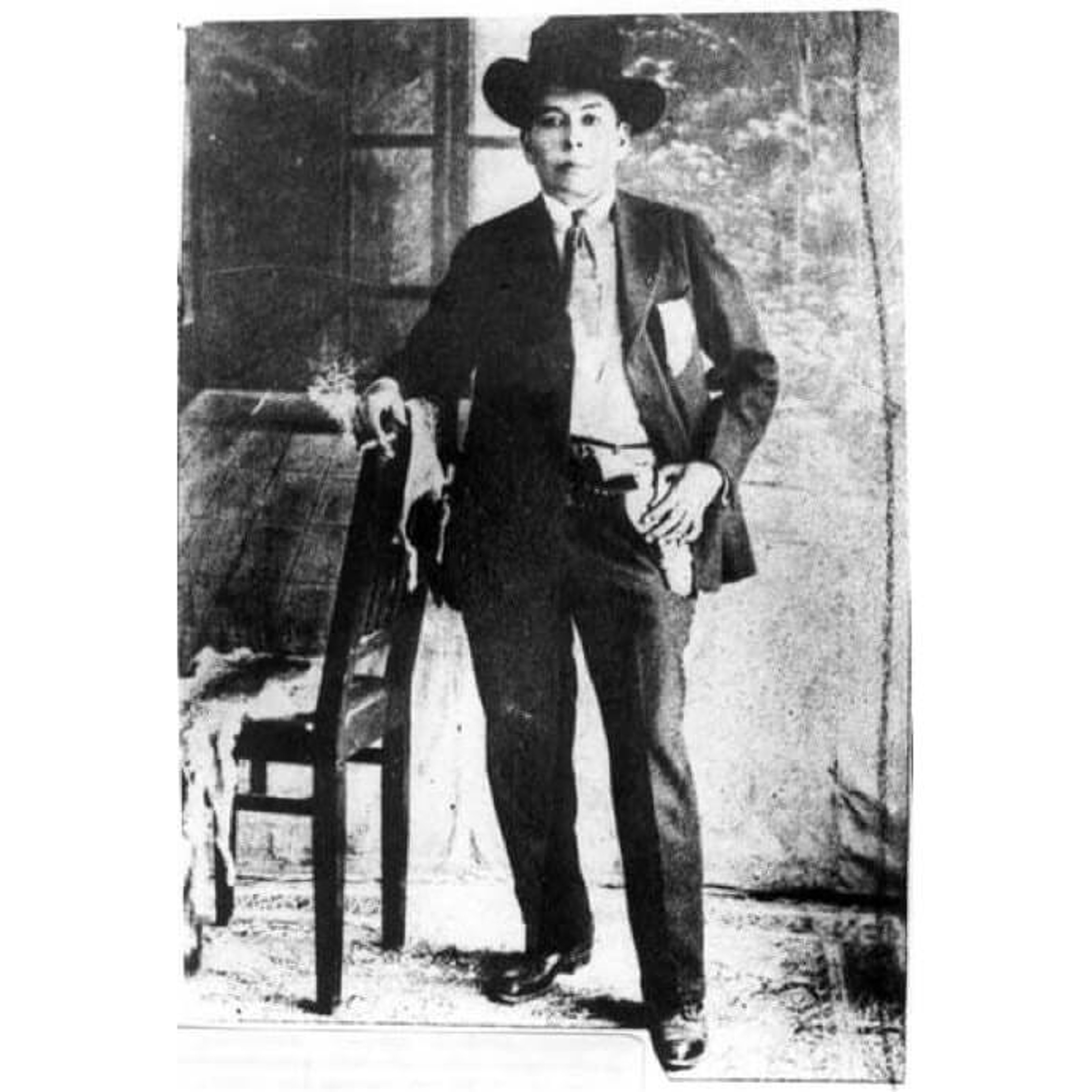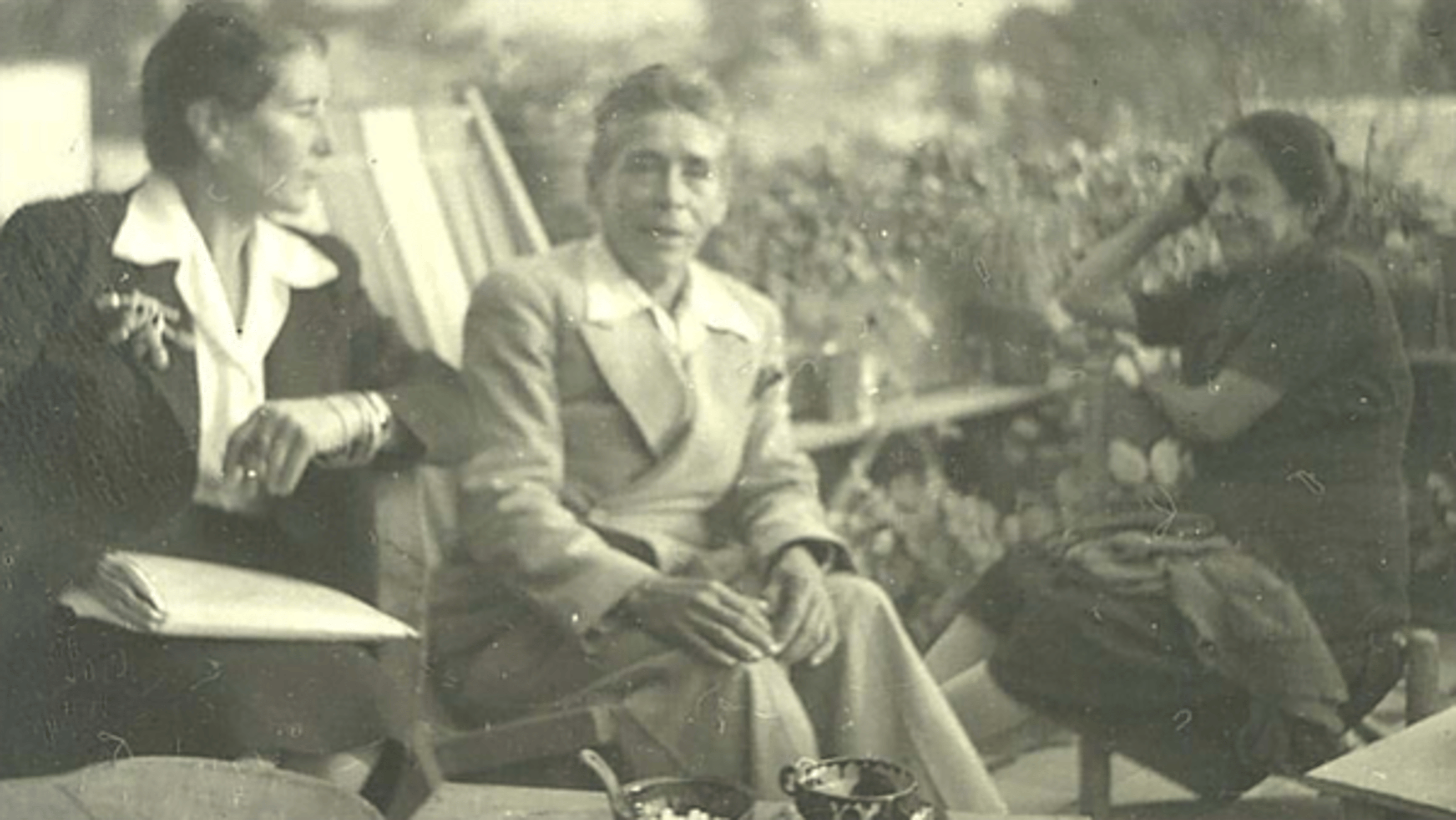
Escalating tensions in San Francisco and the White Night Riots, 1979
On 31 March 1979, a group of around 15 men, including off duty police in San Francisco’s vice squad attacked patrons and workers at a lesbian bar in the city. The men had been celebrating a bachelor party when they were denied entry to Peg’s Place by the door person as they were drunk and carrying beer. Some of the men were reported to have shouted “Let’s get the d*kes” and forced their way in, attacking the woman working the door, and beating the woman who owned the bar with a pool cue. When the men were told the women were calling the police, they responded “We are the cops, and we’ll do as we damn well please”. And when on duty officers eventually arrived, the patrons claimed that they did not provide any medical assistance to the wounded and refused to take witness statements. One woman who was attacked ended up needing to be hospitalised for 10 days with head injuries. In the end, one police officer was convicted for his part in the attack, but served no jail time, and he and the other officers involved kept their jobs. The outrageous incident was a contributing factor to growing anger in the LGBTQ community which would explode some weeks later following the failure to convict on murder charges the killer of Harvey Milk.
image: White Night Riots, 1979
On 21 May 1979, the White Night riots occurred in San Francisco when LGBTQ people reacted angrily to the killer of Harvey Milk not being convicted of murder. Milk was one of the first openly gay elected officials in the US, who was shot and killed along with the mayor George Moscone, by former police officer Dan White, using his service revolver. The San Francisco police department spent tens of thousands of dollars producing shirts declaring “Free Dan White.” Despite later admitting that the murders were premeditated, in court White used his now-infamous “Twinkie defense”, which was that eating junk food showed he was in a poor mental state. So rather than being convicted of murder, he was only convicted voluntary manslaughter.

image: A protestor kicks a police car during the White Night Riots in San Francisco on May 21, 1979.
Upon hearing the verdict, a crowd of 500 mostly LGBTQ people began marching down Castro Street calling others to join them and heading to City Hall. By the time they arrived, the crowd had grown to include thousands of people, and they attacked the building, smashing windows. Police waded into the crowd, beating people with batons, and the crowd then began burning police cars. As one man set light to a vehicle, he told a reporter: “Make sure you put in the paper that I ate too many Twinkies.” In retaliation for their humiliating defeat, police attacked a gay bar later that night, screaming homophobic abuse, shattering windows and beating drinkers and passers-by, injuring many. By the end of the night’s events, 61 police officers and over 100 members of the public had been hospitalised. Dan White ended up serving only five years in prison, but he killed himself shortly after his release.


The story of Amelio Robles Ávila
Mexican revolutionary Amelio Robles Ávila was born on 3 November 1889. Assigned female at birth, he later lived as a man, and insisted on being treated as such – on occasion sticking his gun in the face of individuals who mis-gendered him until they acknowledged him as male. From an early age Amelio learned not only to ride, but to tame horses and then to handle weapons.
He became involved in the revolutionary events and armed struggle in 1911. Between August and Nov 1911, Amelio was sent to the Gulf of Mexico on a commission to extort money from oil companies for the revolutionary cause. From 1913 until Nov 1918, when he delivered weapons, Amelio Robles participated in the ranks of the forces of peasant revolutionary Emiliano Zapata under the command of the main revolutionary leaders of the state, as Jesús H. Salgado, Heliodoro Castillo and Encarnación Díaz.

In 1923, he retired from the ranks of the army but rejoined in 1924 and took part in the Batalla de la Hacienda de Pozuelos, where he was injured. That same year he took the name Coronel Amelio Robles Ávila or simply Señor Robles, and openly had relationships with women. He formed a 10 year relationship with Ángela Torres and raising an adopted daughter, Regula Robles Torres. In 1970 he became the first person assigned female at birth to be recognised as a male veteran by the government. He lived until the age of 95.
End.
This article is part of a series of special features for the exhibition ‘1-31’ curated by Adam Carr.